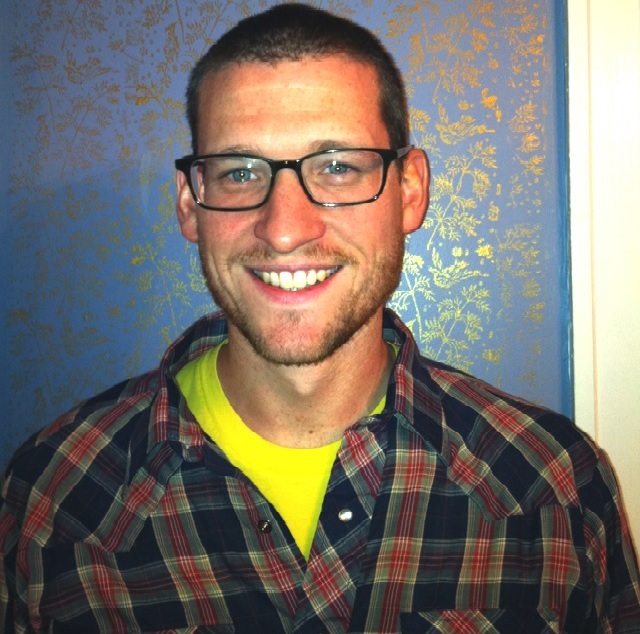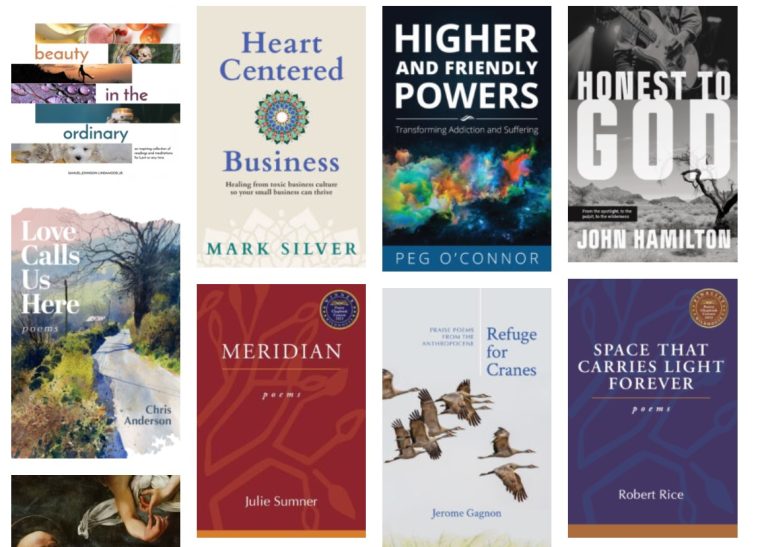Dave Rohr has been in the CMAC network since 2013 as a doctoral fellow. He’s now stepping into a new role as a postdoctoral fellow and joining the admin staff as an Executive Assistant. Learn more about Dave’s background and interests!
How did you come to work at CMAC and what were you doing before here?
Before starting my postdoc at CMAC, I was writing my PhD dissertation on the religious thought of American logician, scientist, and philosopher, Charles Sanders Peirce. When I was close to finished, Wesley approached me about the possibility of doing a postdoc at CMAC. I had worked with Wesley for years and I believed strongly in CMAC’s mission, so applying for the postdoc position was a no-brainer. It’s a great opportunity to keep researching and publishing while I wait for the academic market – currently obliterated by the COVID-19 pandemic – to revive.
What kind of research is most exciting to you?
It’s hard to choose! I find different kinds of research exciting in different ways. On one hand, my dissertation research involved reading thousands of pages of Peirce’s handwritten manuscripts (containing early drafts of published articles, finished essays never published, outlines of projected but never completed essays, brainstorms on scratch paper, etc.) in an effort to understand the development of his religious philosophy. That kind of deep in the weeds research into a narrow subject is appealing because it feels like detective work: rummaging through dusty books in an empty library, trying to reconstruct a long-deceased yet brilliant mind the way an archaeologist digs up a fossilized dinosaur – that’s all very romantic for a scholar/nerd like myself. On the opposite end of the spectrum, the kind of research we do at CMAC, with massively interdisciplinary international research teams bringing their diverse expertises to bear upon a common research problem, is thrilling in a different way. With this kind of collaborative approach, it’s possible to construct huge datasets that are custom-built for answering previously intractable questions. When it comes to unraveling the mystery that is human religion, the latter collaborative approach is much more promising; anyway, the romantic isolated scholar approach hasn’t led to much definitive progress during the last century and a half.
What do you like to do in your free time?
In terms of time invested, my biggest hobby is probably cooking. I especially love cooking for big parties (remember parties?) when you get to make 7-8 dishes all in the same day. I also love playing sports (remember sports?), especially basketball and volleyball. Beyond cooking and sports, my favorite activities are going to art museums (remember art museums?) and watching high quality films (I’m a bit of a snob about this and can’t stand watching mediocre movies).
Desert Island/book/movie/album/tv show?
As I understand it, the key to desert island media is replayability. So, things I never get sick of, by category:
Book: The Essential Peirce, Volume 2
Movie: The Big Lebowski
TV Show: Planet Earth
Album: Nick Drake – Pink Moon
Video game: Final Fantasy Tactics
Fun fact?
I spent the summer after my junior year of college living in Sequoia National Park and making pizza. It was an absolute blast – one of the least responsible yet best decisions I’ve ever made!
Tell us some of your goals for CMAC. What are you most excited about?
I’m probably most excited to help Wesley with the research for the final volume of his six-volume religious philosophy series, Science and Ultimate Reality. I’m also hoping to publish a handful of articles that I had sitting on the back burner while writing the dissertation. One of those articles is a chapter from my dissertation that presents a simplified version of Peirce’s complex classifications of signs. A second article will argue that Peirce’s semeiotic (his theory about signs, interpretation, meaning, and communication) and his philosophical pragmatism (which asserts that meaning of all kinds is inextricably connected with practical, embodied engagement with the external environment) are, despite being developed primarily in relation to linguistic symbol systems, also fruitfully applicable to evolutionarily prior genetic and neurological information systems. In short, I’ll be arguing that not just human language but life itself is a process of pragmatically interpreting signs.




